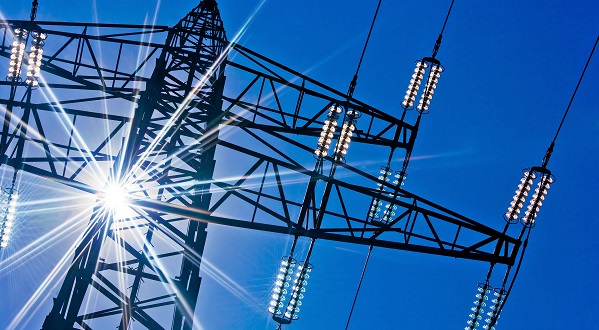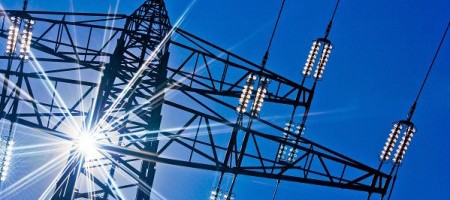For over a hundred years, power plants have been built in a very specific way: large, centralized facilities usually located far from where actual energy consumption takes place. These plants typically have been owned by big corporations (mostly utility companies) on which consumers rely to get electricity.
More important, these centralized plants have made the electric grid indispensable, as power needs to be transported and distributed to the load centers.
 Image: Silicon Valley Tech Talk
Image: Silicon Valley Tech Talk
However, with rapid declines in the cost of solar energy and with new developments in battery energy storage, this is bound to change. At a time when 3-D printers allow us to manufacture at home, distributed generation through customer-owned rooftop solar systems makes perfect sense.
Increased efficiencies and significant cost reductions over the last decade have convinced many to embrace the technology. But, as the critics point out, the intermittency of renewable energy and the fact that solar cannot power our homes at night still prove the need for a grid that can provide uninterrupted power.
Better with batteries
So, solar by itself cannot meet our needs. But what if we were able to store energy in batteries that we could charge during the day and discharge at night? This is precisely what many see as the natural evolution of the solar market. And given that battery technology cost is expected to drop dramatically, this might very well be the single most important driver of future solar adoption.
Picture this: solar panels on your roof and batteries in your garage. Drive to work in your electric vehicle (EV), which significantly reduces your total cost of car ownership, and let your solar system charge those batteries; when back home in the evening, let them recharge your EV and power your lamps, TV and dishwasher.
Here lies the paradigm of the future energy system: customers are able to go entirely off-grid and, for the first time in history, become their own electric utility.
Not only that. With this trend comes what many have named the “utility death spiral”: as customers go off-grid, the utility has fewer customers, and therefore less revenue to cover grid maintenance. This inevitably results in rate increases and further motivation to go off-grid.
Not too fast… The case for the grid
Given our ability to embrace grid defection, should we just wish good luck to our local utility company and part ways with it? Many certainly believe so. But there are arguments against this.
As evidenced by the increasing relevance of the sharing economy, more and more people believe the end goal should be to optimize the use of existing, underutilized resources; this can be easily done by sharing those resources with others. But, how does this relate to solar?
First of all, let’s state the obvious: not everybody will go solar. Whether it’s due to lack of space, excessive shading or just lack of interest, not everybody will install panels on their homes. But this doesn’t mean that they can’t benefit from someone else’s solar panels.
Doesn’t it make sense that your neighbor gets his electricity from your solar panels while you’re on vacation? What if a storm takes a power line down and isolates your neighborhood? Isn’t it great to share electricity with your community via a microgrid powered by renewable energy?
This can only be done through a well designed and reliable grid. Such a grid clearly adds a lot of value, as does local, distributed generation through renewable sources such as solar. So why go off-grid and forgo an existing and useful asset? Wouldn’t it make more sense to redefine the role of utility companies instead of bypassing the grid that took us so long to build?
Given the complexity of the system, utilities could increasingly become service providers that help all of us manage our (solar) power generation assets. This is a critical role and these companies are best suited to do it.
The grid was designed in a different time and it needs to adapt as energy markets evolve; but the reality is that the grid is also another way of staying connected. In the era of social media and constant connectivity, it might be one of our most valuable networks. And it’s already there; we just need to redefine how we use it.
H/T: Pablo Astorga | Solar + Batteries: are we all going off-grid? — Mosaic Blog, October 27, 2014












Comments